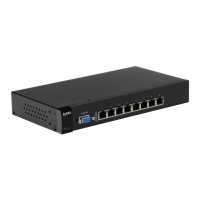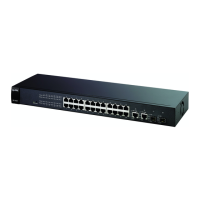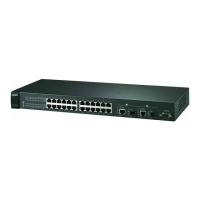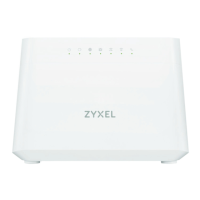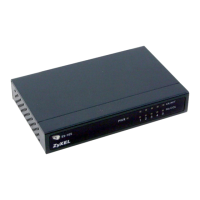Ethernet Switch CLI Reference Guide
17
CHAPTER 2
Privilege Level and Command
Mode
This chapter introduces the CLI privilege levels and command modes.
• The privilege level determines whether or not a user can run a particular command.
• If a user can run a particular command, the user has to run it in the correct mode.
2.1 Privilege Levels
Every command has a privilege level (0-14). Users can run a command if the session’s
privilege level is greater than or equal to the command’s privilege level. The session’s
privilege level initially comes from the login account’s privilege level, though it is possible to
change the session’s privilege level after logging in.
2.1.1 Privilege Levels for Commands
The privilege level of each command is listed in the Reference A-G chapters on page 27.
At the time of writing, commands have a privilege level of 0, 3, 13, or 14. The following table
summarizes the types of commands at each of these privilege levels.
2.1.2 Privilege Levels for Login Accounts
You can manage the privilege levels for login accounts in the following ways:
• Using commands. Login accounts can be configured by the admin account or any login
account with a privilege level of 14. See Chapter 38 on page 175.
Table 6 Types of Commands at Different Privilege Levels
PRIVILEGE LEVEL TYPES OF COMMANDS AT THIS PRIVILEGE LEVEL
0 Display basic system information.
3 Display configuration or status.
13 Configure features except for login accounts, SNMP user accounts, the
authentication method sequence and authorization settings, multiple logins,
administrator and enable passwords, and configuration information display.
14 Configure login accounts, SNMP user accounts, the authentication method
sequence and authorization settings, multiple logins, and administrator and
enable passwords, and display configuration information.

